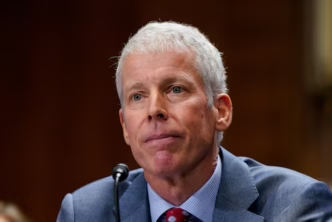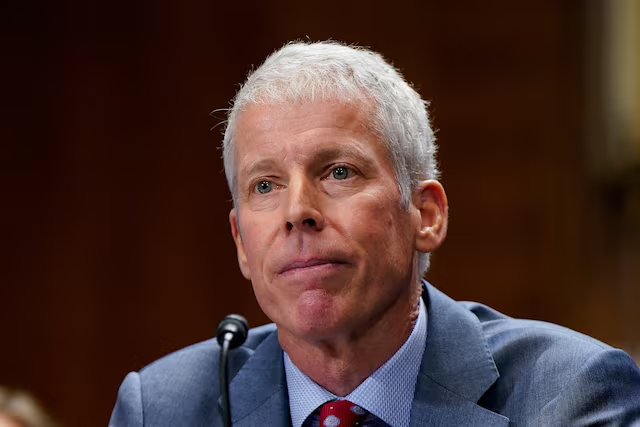The Three Mile Island reactor is set to return to service after more than six years offline, following a new $1 billion loan from the U.S. Department of Energy. The funding, announced by the Trump administration on Tuesday, will support Constellation Energy’s plan to restart Unit 1 at the historic Pennsylvania nuclear site.
Constellation first revealed its intention to bring the reactor back online in 2024, shortly after Microsoft agreed to purchase all its electricity for a 20-year period. The 835-megawatt unit, which shut down in 2019 due to economic pressures, will now undergo a major refurbishment expected to wrap up by 2028. The total project cost is estimated at $1.6 billion.
Although many details of Microsoft’s agreement remain private, analysts at Jefferies believe the tech giant could be paying between $110 and $115 per megawatt-hour across the life of the deal.
That price is significantly higher than the cost of wind, solar, or geothermal power today, and even higher than hybrid renewable projects equipped with large-scale batteries. Yet, it’s still well below the cost of electricity from a newly built nuclear facility, which explains why older reactors have become attractive again as power demands surge.
The move also reflects a broader trend in the tech industry. Over the last year, companies racing to scale their artificial intelligence platforms have faced enormous energy needs. Large cloud providers are turning to nuclear power, not only for its carbon-free profile but also for its ability to deliver steady, around-the-clock electricity.
Earlier this year, Meta signed its own agreement with Constellation to secure the clean energy attributes of a 1.1-gigawatt nuclear plant in Illinois.
Although the Three Mile Island name still evokes the 1979 accident at Unit 2, the reactor being revived is Unit 1, a separate facility. It entered operation in 1974 and delivered reliable power for decades before market conditions pushed it into retirement. When cheap natural gas began dominating U.S. energy markets in the late 2010s, many nuclear plants, including Unit 1, struggled to remain profitable.
The new loan is being issued through the Department of Energy’s Loan Programs Office (LPO), a federal initiative created under the Energy Policy Act of 2005 to support major clean energy projects. Over time, the LPO has played a central role in financing large-scale energy innovations.
While it is widely remembered for its early loan to Solyndra, which failed during the Great Recession, the program overall maintains a default rate of just 3.3% after recoveries. One of its most successful recipients was Tesla, which secured a $465 million loan in 2010 and repaid it ahead of schedule in 2013.
The LPO has become even more active in recent years. In October, it finalized a $1.6 billion loan to American Electric Power to help upgrade nearly 5,000 miles of transmission lines across the United States. These modernizations aim to strengthen the grid as more renewables and high-demand facilities come online.
The restart of the Three Mile Island reactor is happening under the Energy Infrastructure Reinvestment (EIR) program, a funding lane created by the Inflation Reduction Act during the Biden administration.
The program was designed to extend the life of existing energy assets, provided they reduce or avoid greenhouse gas emissions and other pollutants. When the Trump administration took office, the program remained intact, though it was renamed the Energy Dominance Financing Program.
There was one point of confusion in the DOE’s announcement. The agency’s press release stated that the EDF Program was created under the Working Families Tax Cut Act. In reality, the authority for the program came from a different legislative package, the One Big Beautiful Bill Act. Despite the misstatement, the underlying funding and authorization remain unchanged.
For Constellation Energy, the loan marks a milestone in the shift toward nuclear repowering as a key part of America’s energy strategy. Restarting an existing plant is often far more cost-effective than trying to build a new one, especially in an era when AI-driven workloads are multiplying and national power grids are nearing their limits.
With Microsoft committing to buy every megawatt-hour the reactor generates, the project carries a clear offtake path. For Washington, it signals a renewed willingness to use federal tools to keep reliable, zero-carbon energy sources in operation. And for the region around Harrisburg, Pennsylvania, it marks the return of a plant that once played a major role in the local energy economy.
When Unit 1 eventually returns to service in 2028, the Three Mile Island reactor will rejoin the grid at a time when the country’s appetite for electricity shows no sign of slowing down. For now, the $1 billion federal loan gives the project the boost it needs to move ahead, and underscores the growing alignment between the nuclear industry and the tech giants powering the next era of computing.













